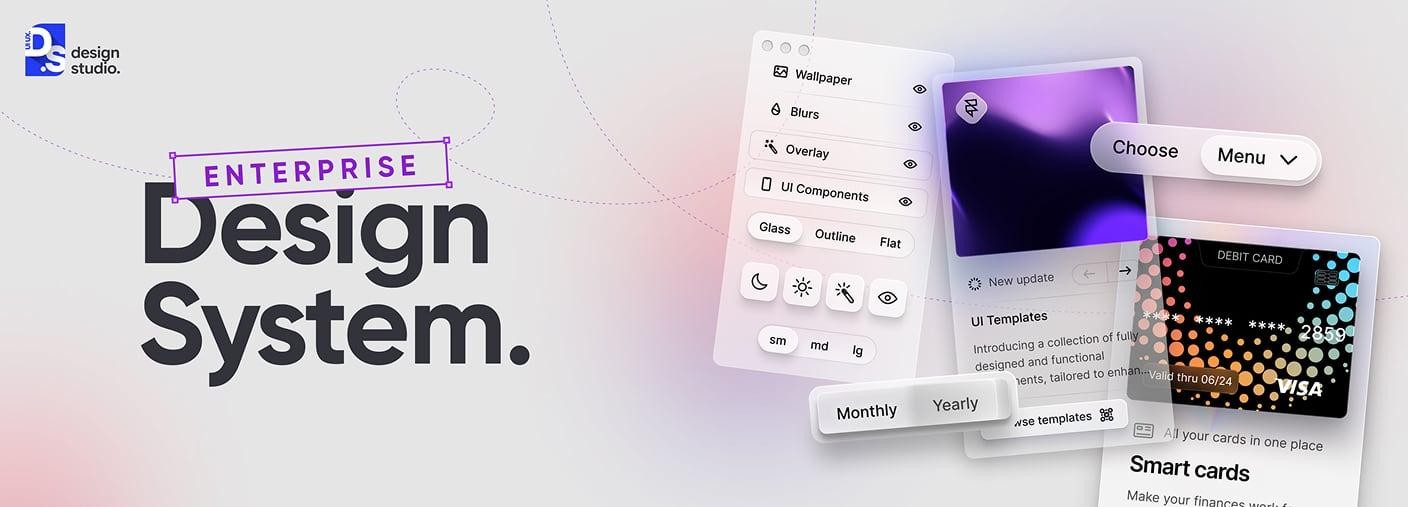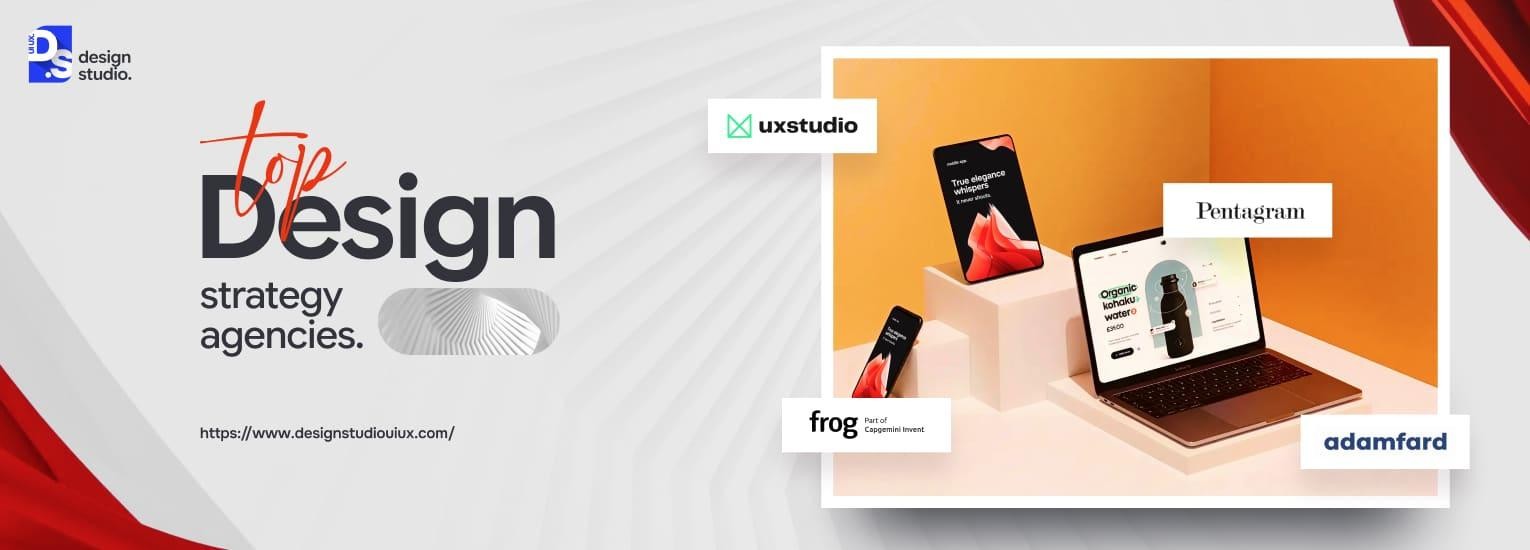What Are UI/UX Design Key Principles to Improve Usability?
FAQ’s
What are the 7 principles of UX design?
- Make the UX design useful to target users.
- Make it usable for everyone.
- Ensure that every element is easily findable.
- Design for credibility.
- Ensure it is accessible to everyone.
- Make it visually desirable.
- Make it truly valuable to target users.
What are the 5 elements of UX design?
Jesse James Garrett’s framework structures UX design through 5 key elements. Have a clear UX design strategy. Define its scope. Give the design a clear structure. Build a UX design skeleton and build upon it. Lastly, create a user-centered visual surface layer.
What is the 60 30 10 rule in UX?
This design rule creates visual harmony with color. Use a 60% dominant color for backgrounds. Add depth and contrast with a 30% color for key design elements. Use a 10% accent color to make highlight-worthy elements (e.g., CTAs) visually striking.
What are the attributes that affect UX?
Is the product’s UX design usable? Is it accessible to all? Does it deliver smooth performances? Does it have a clear visual hierarchy? Is all the content in it clear, relevant, and easily digestible? These attributes collectively determine UX quality.
What are the golden rules of UX design?
USERS MATTER THE MOST. Never confuse them – maintain strict design consistency. Engage them constantly with clear feedback. Ensure total accessibility. Test every design decision with real users. Keep validating the UX design’s ability to serve them even after finalizing it.
Fundamentals of UX design?
Understand users deeply before any project. Design the content to suit the needs of users. Update wireframes and prototypes again and again based on what users say. Perform usability tests – pre/post launch. Keep refining the UX as per user feedback.
What are the 5 layers of UX design?
It starts with explaining the ‘why’ behind the UX design project (Strategy). Then define the project’s ‘what’ (Scope). Then, organize all the information (Structure) in the design. Then, arrange the design’s interface (Skeleton). Finally, apply the visual layer (Surface).





